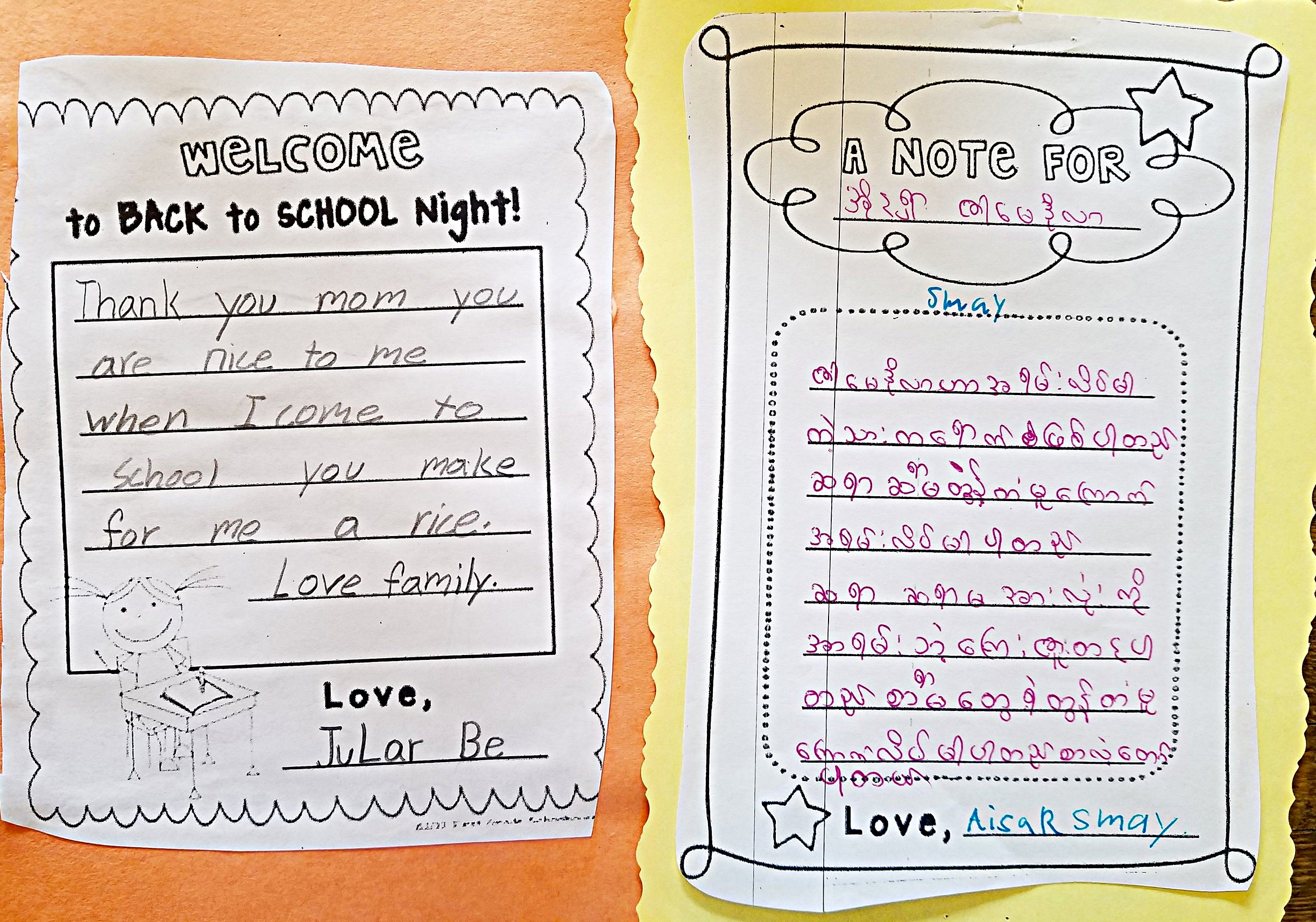Back-to-School With ELL Parents
A Closer Look at ELL Parent Engagement
An age-old question: How do we, as teachers and schools, go about increasing parent participation in students’ learning? To further define this question, how do we engage our newcomer parents and EL families in their child’s academic endeavors?
Involving parents in school activities can be tricky business. It can also be immensely rewarding- for the teacher, the school, and (most importantly!) the student.
A million terrific ideas exist on the subject. Don’t believe me? Take a visit to the Teachers Pay Teachers website with the key word parent.
As with any instructional technique, it is critically important to discover the strategy that works best for our specific student demographics- and then refine it to meet the needs of our students in a given year and within a particular scenario. What I found in researching parent-engagement ideas was that few were actually applicable within my unique classroom context- which was vibrant with cultural and linguistic diversity. The one-size-fits all plans did not fit at all.
And so began the process of creating suitable alternatives. Here is one of my favorites. It's one that I’ve implemented many times over with much success.
This idea came about one year as I was preparing for “Back-to-School” night. Combined, the students in my third grade newcomer class spoke nearly a dozen separate primary languages. I desperately wanted parents to feel welcomed and to be able to participate in the evening.
The problem was that I had no idea how I would overcome tremendous language obstacles to achieve this.
So, asked the students for their help. Together, this is what we came up with.
Student-Parent Notes
The students wrote simple notes to their parents and families. We arranged the notes so that they were waiting in the classroom for parents when they arrived for the school event. As a class team, we decided that students would record their sentiments in English (and later translate them for their parents) or in their native language (if this skill set was accessible to them).
When family members arrived at school, students took immediate ownership of their letters and were eager to share them. They were equally eager to ask their parents to reciprocate the gesture.
Our classroom writing station became a hub of activity. We laid out an assortment of colored pens and stationary. Parents and caretakers, shy at first, took pens in their hands to begin composing notes of love and encouragement for their students. As with the kids, caretakers were invited to utilize the language they felt most comfortable with.
As parents read aloud to their students in their native languages, the entire tone of the room shifted. Parents of different cultures exchanged knowing glances with one another. Those who shared the same language made room for laughter and conversation. These caretakers all had the same thoughts, hopes and expectations for their children. They were the very same considerations that I had for their children:
I am proud of you. You are a good child. Work hard. Try your best. Be kind. I am here for you.
I couldn't comprehend all of the notes, as I was now the one inhibited by language ability. That didn't matter. The messages were not meant for me. My take away was this: we were all on the same playing field, and also on the same team.
The notes hung in our classroom for the duration of the year. Not only did they provide tangible artifacts of students’ heritage cultures, they offered grounding and a call toward fortitude. Our student-parent notes became the most authentic, relevant anchor charts that Room 13 had to offer.
Here are a few for the road!




